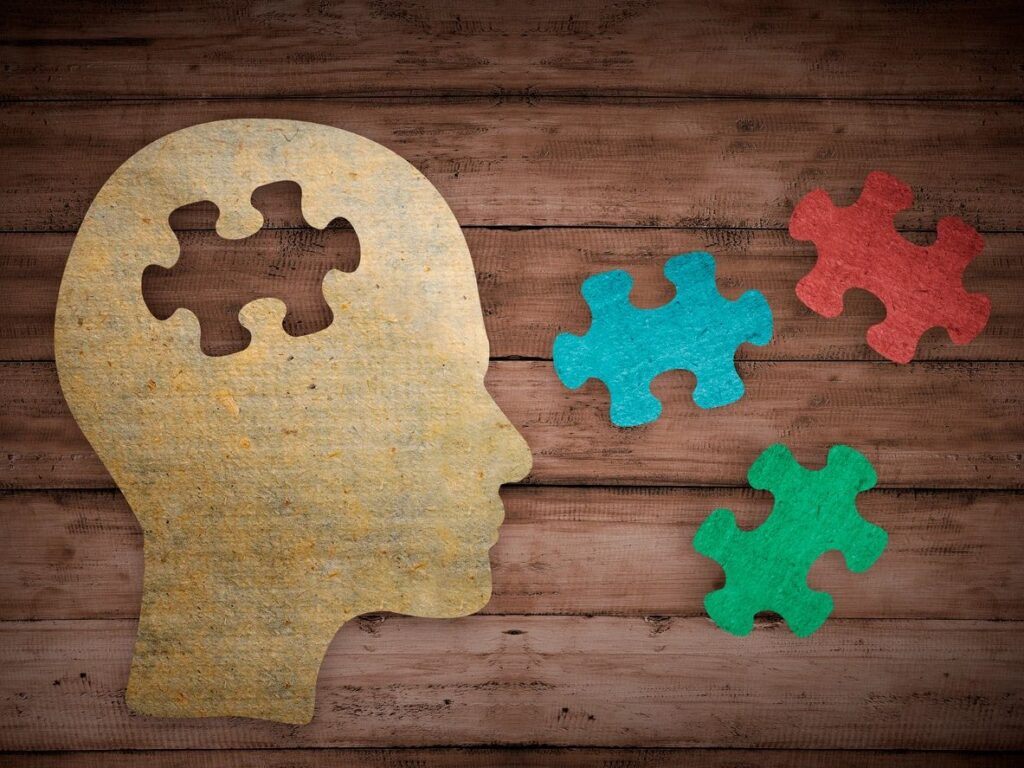A lot of people have recently asked me about EMDR. As a Licensed Professional Counselor with 15 years of experience providing EMDR to kids and adults, I’ve learned so much about this treatment. But just what is EMDR? If you’re interested in learning more about EMDR, how it works, and if it could potentially help you or a loved one, read on.

What is EMDR?
EMDR, or Eye Movement Desensitization and Reprocessing, is an evidence-based psychotherapy treatment. EMDR has gained popularity in recent years due to its effectiveness in treating trauma and other mental health conditions in kids and adults. It was developed by American psychologist Dr. Francine Shapiro in 1987 and has since been used to treat a range of issues, including anxiety, depression, and Posttraumatic Stress Disorder (PTSD).
Although the process by which EMDR works is not completely understood, it is believed that certain traumatic memories or experiences can become “stuck” in the brain. EMDR works by activating the brain’s natural healing processes through the use of bilateral stimulation, like eye movements, sounds, or physical tapping. It is thought that this mimics the natural processes that occur in our brains during REM sleep. The bilateral stimulation helps to integrate traumatic memories and feelings, allowing them to be processed. Once processed, these memories will stop producing upsetting symptoms like nightmares, flashbacks, or feelings of panic.
Effectiveness
There is a great deal of research on the effectiveness of EMDR. Some studies have found that 90% of people with single traumas no longer meet the criteria for PTSD after just 3 EMDR sessions. Because of the research, many national and international organizations, like the World Health Organization, the American Psychiatric Association, and the U.S. Departments of Defense and Veterans Affairs, recognize EMDR as an evidence-based treatment for trauma. Additionally, EMDR is covered by most major insurance companies.
What to Expect
The treatment protocol is made up of 8 phases of treatment. First, your therapist will gather a detailed assessment of your history and symptoms. The therapist then works with you to identify specific memories or experiences that are causing distress. Next, your therapist will likely provide you with information about EMDR and what you can expect during treatment. Additionally, you’ll work together to develop coping skills and resources to manage any negative emotions that may arise during the process. This is similar to many other forms of therapy.
During the actual EMDR sessions, your therapist will guide you to focus on a traumatic memory while simultaneously activating bilateral brain stimulation. This may involve tracking a moving object with your eyes, listening to sounds played alternately in each ear, holding small buzzers in your hands, or feeling gentle taps on your knees.
As you continue to focus on a traumatic memory and receive bilateral stimulation, you may begin to experience a shift in your emotions. For example, you may feel more relaxed or experience an insight that helps you to reframe the traumatic experience in a more positive light. During sessions, your therapist will ask you to rate your experiences, which can be used to track progress.
Over time, with repeated EMDR sessions, you may begin to feel less overwhelmed by the traumatic memory. This can lead to a reduction in symptoms such as flashbacks, nightmares, and anxiety, and an increase in overall emotional resilience and well-being.
Who Can Benefit from EMDR
EMDR can be helpful for children and adults experiencing a range of mental health issues or distressing life conditions, including:
- PTSD and Trauma
- Anxiety
- Panic Disorders
- Depression
- Substance Use
- Phobias
- Chronic Pain
- OCD
Although EMDR is a highly effective psychotherapy treatment, it is not a one-size-fits-all approach and it may not be right for everyone. Individuals with certain medical or mental health conditions may not be good candidates for EMDR. A well-trained therapist will carefully assess your needs and provide recommendations for treatment.
Finding an EMDR Therapist
If you are considering EMDR therapy, it is important to find a licensed therapist who is trained in EMDR and has experience working with people who are dealing with similar issues. The EMDR International Association (EMDRIA) is a fantastic resource for finding local therapists. Or you can also ask a trusted healthcare provider.
If you’re interested in working with me and learning more about EMDR, please reach out today.
References
- Maxfield, L. (2019). A clinician’s guide to the efficacy of EMDR therapy. Journal of EMDR Practice and Research [Editorial], 13(4), 239-246. Open access: http://dx.doi.org/10.1891/1933-3196.13.4.239
- Shapiro, F. (2018) Eye movement desensitization and reprocessing: Basic principles, protocols, and procedures (3rd ed.). New York: Guilford Press.
- Shapiro, F., & Forrest, M. S. (2016). EMDR: The breakthrough therapy for overcoming anxiety, stress, and trauma. Hachette UK.
